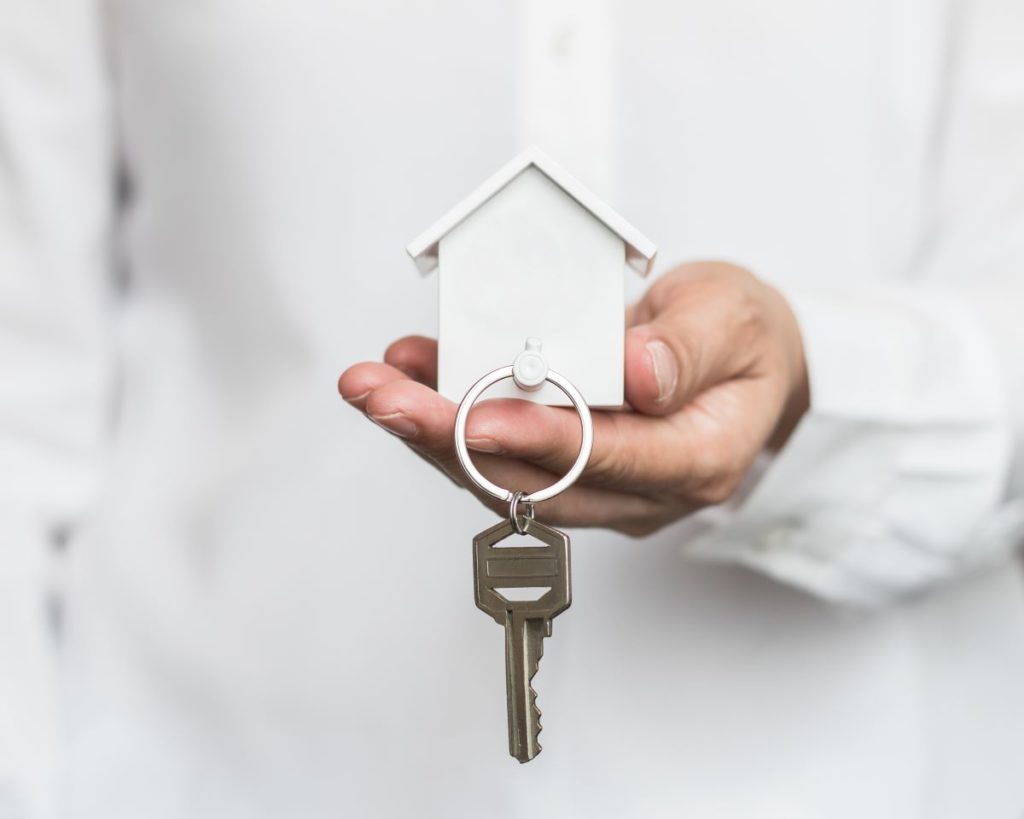Old houses are a popular choice among homeowners on a budget or prefer something traditional—and they often get constructed in prime locations with lower price tags than contemporary structures today. Buying an older property can be an excellent investment, especially for first-time homebuyers. However, if you’re looking to get the most out of your money and avoid facing expensive repairs, it pays to know the potential areas of repair the home has before signing any paperwork.
With that in mind, make sure to watch out for the following potential ‘problem areas’ in second-hand and older homes.
HVAC System
Older or second-hand homes that have been left unoccupied for a while can take a toll on their heating, ventilation, and air conditioning (HVAC) systems, leading to an excess build-up of mold and pollutants. These pose a significant health risk for the house occupants, so it’s best to hire an HVAC technician to conduct a thorough cleaning. You should also check on the house’s air duct system and clean it thoroughly.
Electrical Setup
Although knob-and-tube wiring was the standard in architecture back in the day, it fell through as more modern electrical appliances demand updated wirings. That’s why homes with traditional knob-and-tube wirings may be prone to overheating, making it a dangerous fire hazard to have around the house. Additionally, ungrounded outlets that tend to spark also pose a dangerous risk.
With all the latest technologies people use daily, older homes’ electrical systems can’t keep up. So, to avoid any hazards in your potential new home, have a professional electrical engineer check out the electrical systems if it needs an upgrade.
Plumbing
Updating plumbing is one of the most expensive and extensive home repair projects you’ll tackle, which is why most second-hand homes still have their original surrounding pipes. However, this poses severe safety risks to both the occupants and the house itself, where corroded pipes can lead to severe leakage and weak water flow. Additionally, older homes often used lead paints, which could flow into your pipes, and plumbing pipes were usually made from polybutylene, making them susceptible to corrosion.
That’s why it’s best to evaluate the pipes of the home you’re considering buying and ask when they were last maintained and updated. If the house still has its original plumbing system, get a quote to see how much it would cost to replace everything and weigh if it’s worth the extra costs.
Foundational Issues
Foundation issues in second-hand properties are common and need to be addressed immediately to keep the home in its top condition. These can range from minor settlement cracks to severely damaged support footings, which can be expensive. Plus, the causes of these vary, from normal wear and tear to seismic activities done within the property. It’s best to hire a structural engineer to assess the damage and help you create a repair strategy beforehand to see if it’s worth the additional funds.
Watch out for any interior and exterior cracked walls, stuck doors, uneven floorings, and windows that won’t seemingly open.
Roof

One of the most common second-hand home issues is the condition of the roof. However, it’s worth noting that different shingles have varying lifespans, meaning one can last for years while the other can only keep your home protected for a couple of months. This ‘problem area’ will depend on the overall maintenance record, installation quality, and roof durability. Make sure to look out for any missing shingles, damaged gutters, or leaks.
Gardens and Lawns
Depending on how long the property has been unoccupied, there’s a high chance that open areas like gardens and lawns could have rodent and bat infestations, which can be costly to deal with. So, whenever you’re inspecting a home, make sure to check out the outdoors, and the surrounding structures like a tool shed to check for any critters.
Other Home Features and Layouts
Second-hand homes don’t always have the popular open concept where you’d encounter DIY shows, but that doesn’t mean homebuyers can’t achieve the same layout. Many older homes feature wallpapers in all rooms, popcorn ceilings, cramped kitchens, and no open floor plans. Luckily, these aesthetic problems are usually fixable with a ‘decent’ budget. If you decide to purchase the house, you can plan on tackling one room at a time while prioritizing anything that could be potentially dangerous, such as a partially finished basement and deck.
When you’re on the hunt for your next home, don’t agree to buy one, especially if it’s a second-hand or older property, until you’ve conducted a professional home inspection, which is also a standard contingency within a selling agreement. Being proactive can help you get out of the contract or negotiate necessary repairs should there be a dangerous issue discovered in the property like those mentioned—helping you get the best home possible.





